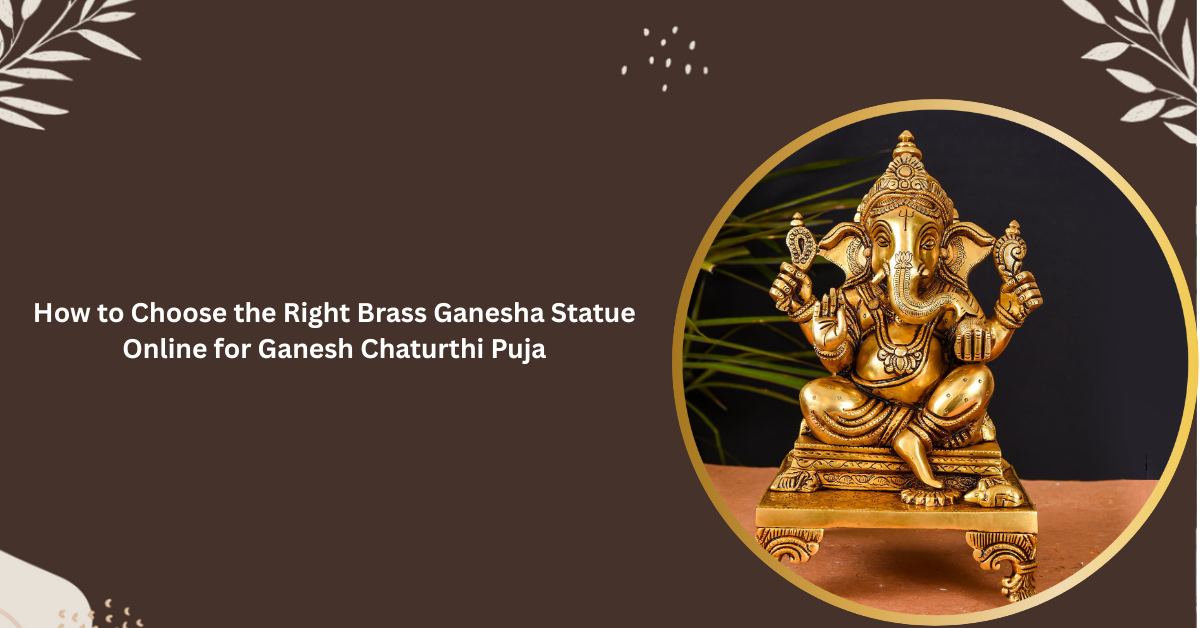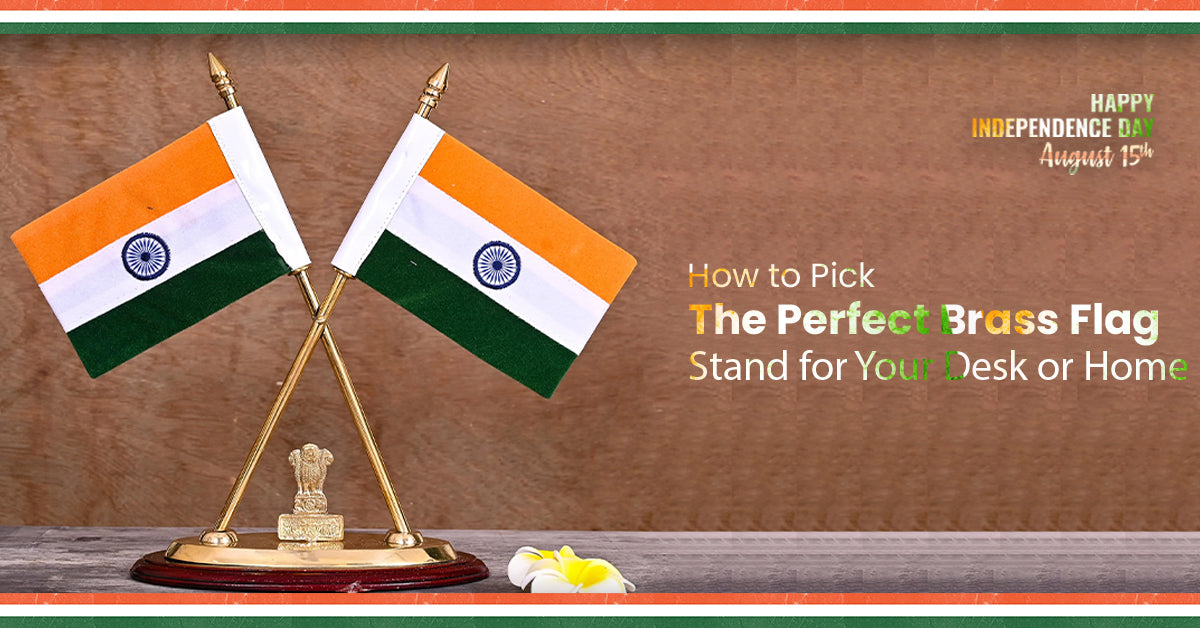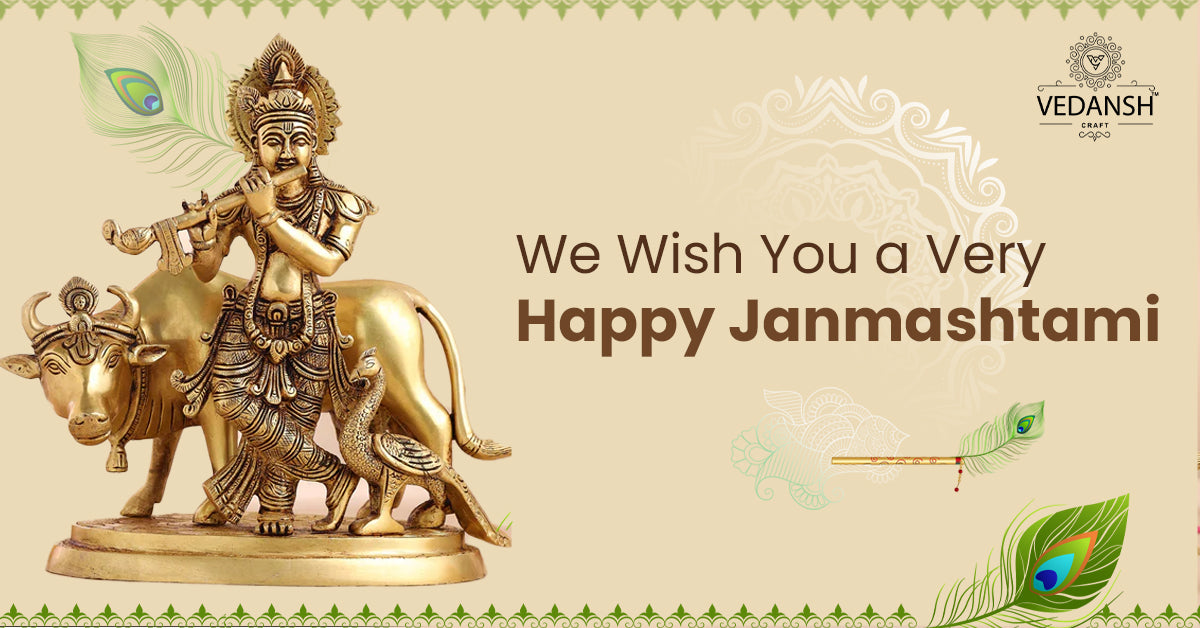

Who are Lord Shiva's Father & Mother?
, by javed techqart, 4 min reading time
Lord Shiva is one of the most revered deities in Hinduism. He is known as the destroyer or transformer among the trimurti of Hindu gods, alongside Brahma, the creator and Vishnu, the preserver. Lord Shiva symbolizes various aspects such as destruction, regeneration, meditation, and asceticism. He is often depicted as the embodiment of simplicity and detachment, adorned with a crescent moon on his head, a snake around his neck, and a third eye on his forehead. Shiva is also associated with Mount Kailash, the Ganges River, and his divine consort, Goddess Parvati.
Exploring Lord Shiva's parentage helps us comprehend his divine nature and place within Hindu mythology. Lord Shiva's parentage sheds light on his connection to other deities and the underlying symbolism in Hindu rituals, stories, and philosophical teachings. Therefore, delving into his parentage enriches our appreciation of Hindu culture, spirituality, and mythology.
Lord Shiva's Father
Lord Brahma, known as the creator of the universe, is one of the principal deities in Hinduism. He is depicted with four faces, each representing one of the four Vedas, the sacred texts of Hinduism. Brahma is often portrayed sitting on a lotus emerging from Lord Vishnu, the preserver, symbolizing creation from cosmic waters.
According to Hindu mythology, Lord Brahma created the universe from the cosmic egg known as Brahmanda. He brought forth the elements of creation, including space, time, and the material universe, through his divine will and power. Brahma is believed to have created the various living and non-living beings that populate the universe.
In Hinduism, Brahma, Vishnu, and Shiva form the Trimurti, the three aspects of the supreme reality. Brahma represents the aspect of creation, Vishnu represents preservation, and Shiva represents destruction and regeneration. Each deity plays a vital role in maintaining the balance and order of the universe.
While Lord Shiva and Lord Brahma are both part of the Hindu pantheon, their relationship is often depicted with complexity in mythology. There are stories where Shiva and Brahma are shown in conflict, representing the cyclical nature of creation, preservation, and destruction. Despite occasional conflicts, they are also understood to complement each other in the cosmic balance, with Brahma creating and Shiva transforming.
Lord Shiva's Mother
Goddess Adi Parashakti, also known simply as Shakti, is the divine mother of the universe in Hindu mythology. She represents the primordial energy that permeates all existence. Adi Parashakti is often depicted as the ultimate source of power, creativity, and transformation. She is revered as the mother goddess who nurtures and sustains all life forms.
Various mythological accounts describe the birth or manifestation of Goddess Shakti. One popular narrative depicts her emerging from the cosmic energies of the universe to restore balance and harmony. Another story portrays her as the consort of Lord Shiva, emerging from his divine essence to fulfill her cosmic role.
Shakti embodies the dynamic and creative aspect of the divine feminine principle in Hinduism. She represents the underlying force that drives the universe's creation, preservation, and destruction cycles. Shakti is worshipped in various forms, including Durga, Kali, Parvati, and Lakshmi, each representing different aspects of her divine power.
The relationship between Shakti and Lord Shiva is integral to Hindu mythology and philosophy. Shiva is often depicted as the masculine counterpart to Shakti's feminine energy. Their union symbolizes the merging of opposing forces, such as creation and destruction, into a harmonious whole. Shakti is considered the active aspect, while Shiva represents the passive aspect of the divine cosmic dance, known as Shakti's tandava or the dance of destruction.
Exploring Lord Shiva's Parentage: Who are His Father and Mother?
The relationship between Lord Shiva and his parents reflects the complex interplay of creation, preservation, and destruction that underpins the cosmic order. Lord Brahma's role as the creator and Goddess Shakti's embodiment of primordial energy illustrates the dynamic forces at work in the universe.
As we reflect on Lord Shiva's lineage, let us continue to explore the depths of Hindu mythology, embracing its teachings of unity, diversity, and the eternal pursuit of spiritual enlightenment. May the wisdom gleaned from Lord Shiva's parentage inspire us to cultivate greater reverence, understanding, and harmony in our lives and in the world around us.
You may also like this:
Exploring the 19 Avatars of Lord Shiva
Tags
Blog posts





